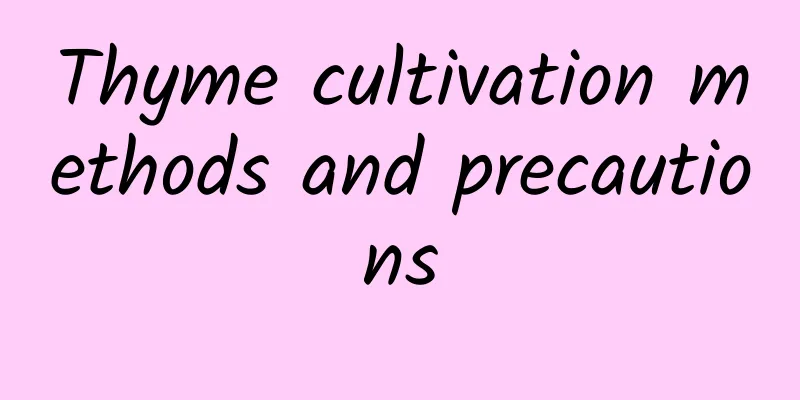What to do if the golden diamond has root rot

1. Water appropriatelyReason: If the amount of water given to the golden diamond is too large and there is no way to drain it in time, a certain amount of water will accumulate. Its roots will be soaked in the accumulated water for a long time, which can easily lead to root rot. Solution: Do not water too much, just keep the soil moist, generally water once every 10-15 days. You can increase the amount of watering during the growth period. It is best to water in the morning or evening. The best soil state is slightly moist without water accumulation. 2. Reasonable fertilizationReason: Excessive or too frequent fertilization will burn the roots of the golden diamond and cause root rot. Solution: Reduce the amount of fertilizer, apply thin fertilizers frequently, and do not apply fertilizers too frequently. Fertilizers are generally nitrogen-based. Do not apply highly concentrated fertilizers. If the amount of fertilizer is large, water plenty of water to allow the fertilizer to flow out as soon as possible, but do not allow water to accumulate. 3. Increase the temperatureReason: The temperature is generally lower in winter. If the temperature is too low, it will stop growing. If it is placed in a dark environment, its leaves will turn yellow and the roots will easily rot. Solution: Increase the temperature appropriately, the minimum temperature should not be lower than 10℃, and do not let it be blown directly by cold wind. You can place it indoors for maintenance, and allow it to receive appropriate amount of light during the day in winter. 4. Disease prevention and controlReason: Once the golden diamond is infected with disease, not only will the leaves turn yellow, but the roots will also be damaged. In severe cases, it may stop growing or even die. Solution: Use pesticide spray promptly, maintain appropriate temperature, ventilate frequently, and remove diseased leaves promptly after discovering them to avoid reinfection. |
<<: What to do if the roots of fuchsia rot
>>: What to do if the baby's breath has rotten roots
Recommend
What are the best vegetables to plant in May?
With the arrival of May, the temperature graduall...
How to breed horseshoe gold
Seed propagation of Dichondra chinensis The sowin...
What are the types of ball pine bonsai?
Jungle style ball pine bonsai The method for this...
How many years can petunia live?
1. Survival time Under normal circumstances, it c...
What are the methods of propagating Huayuejin?
Propagation method of Huayuejin: leaf cutting For...
Common vegetable diseases and their control measures
Various diseases may occur in the process of vege...
How to prune butterfly plum when it blooms
The pruning of butterfly plum is generally done w...
How to spend the winter in potted bougainvillea and how to prune it
1. How to spend the winter in potted bougainville...
Camellia rarely blooms, but if you take a pill, the flower buds will pop up and you can see them for several months!
It is not uncommon to use pills to grow flowers, ...
How to grow and what to pay attention to when growing peace trees
1. Soil It is more suitable for growing in fertil...
Pomegranate growth environment conditions and characteristics
Pomegranate growth environmental conditions and r...
How to plant Christmas cactus and what are the planting time and methods
Planting time of Christmas cactus Christmas cactu...
How to care for newly bought stone lotus
1. How to deal with newly bought stone lotus If y...
When is the best time to plant tomatoes?
Tomato is a light-loving plant and has certain re...
When is the best time to repot asparagus fern?
Time to repot asparagus fern Generally, it is bes...









